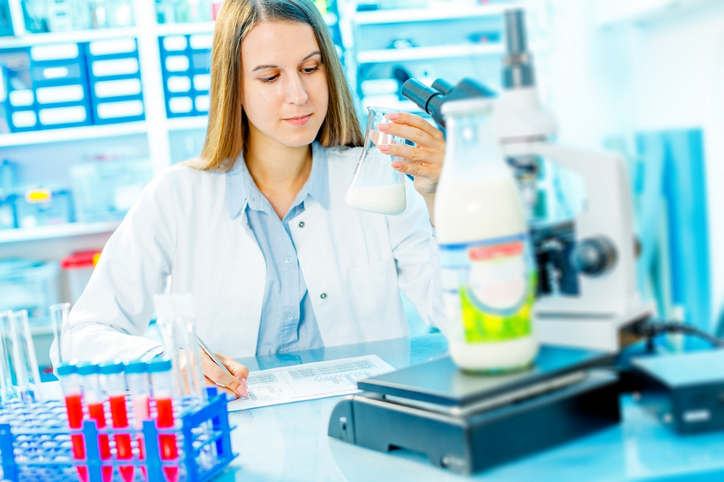
That dangerous chemicals are sometimes present in food is not a secret, but consumers—and even health professionals—may not be aware of some of the surprising places these chemicals can come from. Even small amounts of some chemicals can have detrimental effects to the health of those who consume them. For that reason, the elimination of these kinds of compounds is an important task for the upcoming generation of food safety professionals.
Curious about where these hidden chemicals come from, and what kinds of effects they can have on those people who accidentally consume them? Here’s what you need to know.
Environmental Contaminants Can Cause Problems When They Enter the Food Supply
Chemicals are not only introduced in labs or food processing facilities—they can be environmental, too. Environmental chemicals include naturally occurring chemicals like lead and arsenic, as well as long-lasting synthetic chemicals that have leaked into the environment. Examples of these can include flame retardants, coolants, and a variety of highly toxic industrial by-products.
Whatever their origin, the presence of these chemicals in the environment can lead to the contamination of foods produced in that environment, presenting a problem for the people who consume those foods. Everything from neurological disorders to cancers and beyond can be caused by consuming dangerous environmental contaminants in too high of a quantity.
Though they are a significant issue for food safety, there is relatively little that can be done about environmental contaminants by on-the-ground food safety professionals, as the contamination occurs during the initial production phase. Still, it is a concern worth knowing for those heading into the industry.
Contamination Caused by Processing Is a Serious Food Safety Concern
The processing of food can have a number of benefits for different foods, including longer product lifespan, easier transportation and storage, and differences in flavouring. However, processing can also result in a number of unintended consequences, including the introduction or creation of dangerous chemical contaminants. These might be created as a result of reactions between naturally occurring chemicals in the foods being processed, or through a reaction between synthetic chemicals and those normally found within foods.
Surprisingly, there is also often little that can be done about this kind of contamination. Though measures can sometimes be undertaken to minimize the production of harmful by-products during the processing phase, they are also often understood to be necessary for some foods. Safety regulations do exist regarding how much of the harmful processing chemicals can be present in foods that are sold.
Accidental Source Contamination Is a Big Concern in Food Safety
After completing a food handling course, one of the main concerns for many food safety professionals is to minimize the potential of accidental source contamination. This type of contamination typically includes contamination during the transportation and storage of foods, or in the preparation and packaging. Sources like ambient chemicals leftover from cleaning, or treatments used on cardboard or paper packaging, can all leach into foods that people eat. They can result in illness if consumed in large enough quantities, or if consumed regularly over a prolonged period of time.
Learning important principles of proper food handling, including concepts relating to cross contamination, foodborne illness, temperature issues, and more, are important tools for new food handling professionals. Mastering them can help you someday do an excellent job of reducing the potential for chemical contamination of foods during the preparation and packaging phases of their production. It’s an extremely important step, given the limited opportunities in other stages for improving the safety of the foods that people eat.

Food handling training can help you do important work preventing chemical contamination of food
Are you interested in helping people eat safer and healthier food?
Contact AAPS to learn about pursuing our food handler certificate in Toronto!



